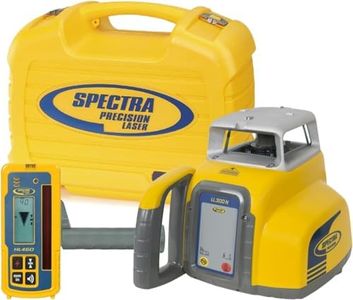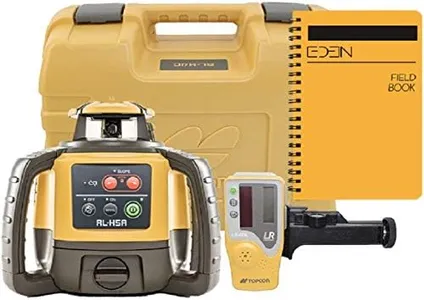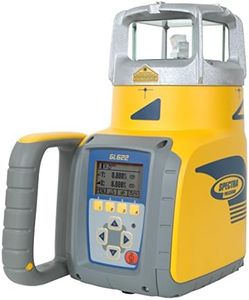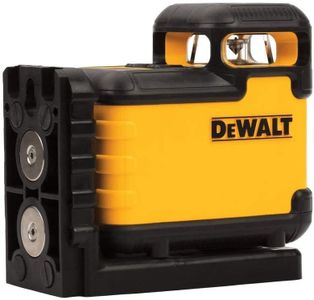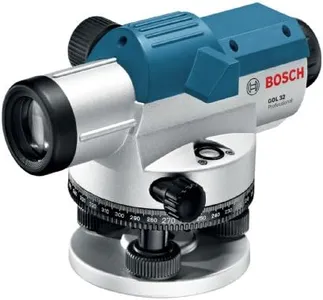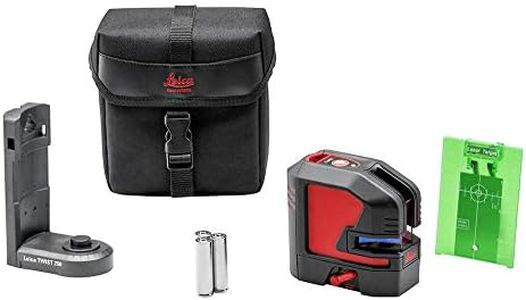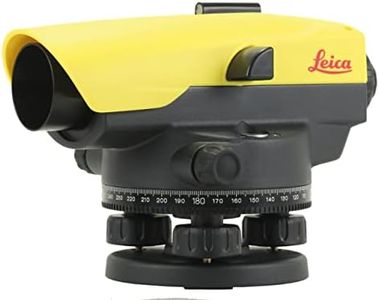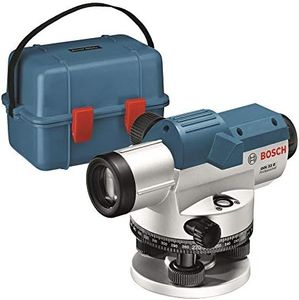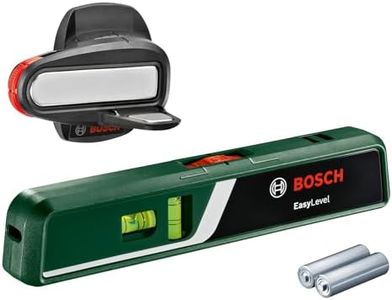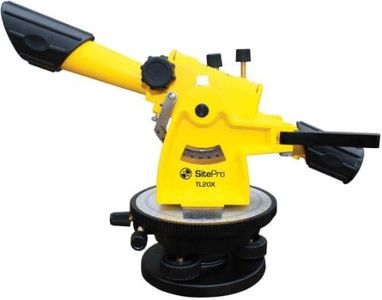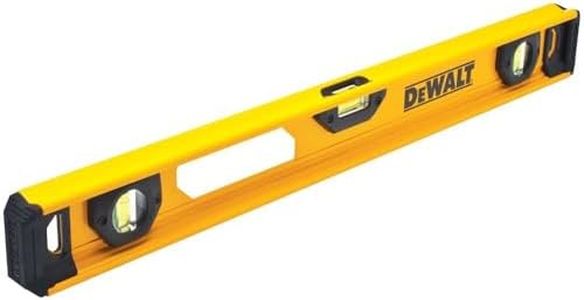We Use CookiesWe use cookies to enhance the security, performance,
functionality and for analytical and promotional activities. By continuing to browse this site you
are agreeing to our privacy policy
10 Best Transit Levels
From leading brands and best sellers available on the web.Buying Guide for the Best Transit Levels
When choosing a transit level, it's all about selecting the right tool for ensuring accuracy on construction or surveying projects. A transit level helps you establish straight lines and accurate angles, which is essential for tasks like laying out foundations or measuring elevations. Before picking a transit level, think about the kinds of jobs you'll be doing and the level of precision you truly need—consider portability, ease of use, and how much detail your work demands. Understanding the main features will guide you to a model that makes your tasks easier and more reliable.Magnification PowerMagnification power on a transit level refers to how many times larger an object appears when viewed through the lens compared to the naked eye. This is important because it affects how clearly you can see distant points, which in turn influences the accuracy and ease of your work. Generally, transit levels come with magnifications ranging from about 20x to 32x. Lower magnifications (around 20x) will suffice for smaller sites or where targets are closer, making them easier and lighter to handle. Higher magnifications (28x or more) allow you to work over longer distances or on larger sites, but can be more sensitive to movement and require a steadier setup. Choose a magnification that matches the typical scale of your projects—if you usually work on small jobs or indoors, lower is fine; for big outdoor sites, a higher magnification is best.
Telescope LengthThe telescope length determines the physical size of the transit level and can affect both the viewing comfort and the level's portability. Longer telescopes can offer higher magnification and potentially clearer images, but they tend to be heavier and bulkier to transport and set up. Shorter telescopes are easier to carry and quicker to set up but might offer slightly less visual clarity at long distances. If you need a tool that’s easy to move between many job sites, a shorter telescope may be suitable. For stationary projects where precision matters most, and frequent moving is not required, a longer one can provide a steadier image.
Leveling AccuracyLeveling accuracy describes how close the transit level can come to the true, perfectly horizontal or vertical line. It’s typically measured in millimeters at a certain distance (for example: 2.5mm per 30m). Higher accuracy (lower values) means you’ll get closer alignment, which is important for tasks needing precision, like foundation work or detailed surveying. Transit levels with lower accuracy ratings are fine for landscape grading or jobs where slight discrepancies are not critical. Match your choice to your tasks: if your work is mostly rough leveling, you can use a less precise instrument; for tight tolerance or professional surveying, prioritize higher accuracy.
Horizontal Circle (Graduations)The horizontal circle (often marked in degrees) lets you measure angles, which is a core function of a transit level. The precision of these markings (known as graduations) can range, such as every 1 degree or every 15 minutes (a quarter of a degree). Finer graduations allow for more accurate angle measurements, important when working on detailed layouts or when setting specific angles for construction elements. If you only need general direction guidance, coarser graduations are adequate; if your work involves precise angular layout, look for models with finer scales.
Stadia LinesStadia lines are extra markings on the telescope’s crosshairs that allow you to estimate distances as well as elevation differences. This feature can be important if you want to quickly gauge how far away features are without using additional tools. Some levels lack stadia lines, while others include one or more sets. If you often need to estimate distances as part of your work, make sure to select a transit level with clear stadia lines; if not, this feature may be unnecessary.
Durability and Weather ResistanceDurability and weather resistance speak to how well the transit level can handle outdoor environments, including exposure to dust, rain, and rough use. Levels with seals and robust construction will last longer and stay accurate even in tough conditions. If you expect to work outside or on busy building sites, prioritize models made with tough materials and some level of weather sealing. For strictly indoor or occasional use, this may be a lower priority.
Ease of Setup and UseHow easy it is to set up and operate a transit level can make a big difference, especially if you'll be moving between sites or sharing the tool with less experienced team members. Look for features like simple leveling screws, clear sight lenses, and user-friendly adjustment mechanisms if you value speed and simplicity. If you plan on working solo or need quick setups, these considerations should carry extra weight in your decision.
